Why do we need taps in a barrel and how to embed them?
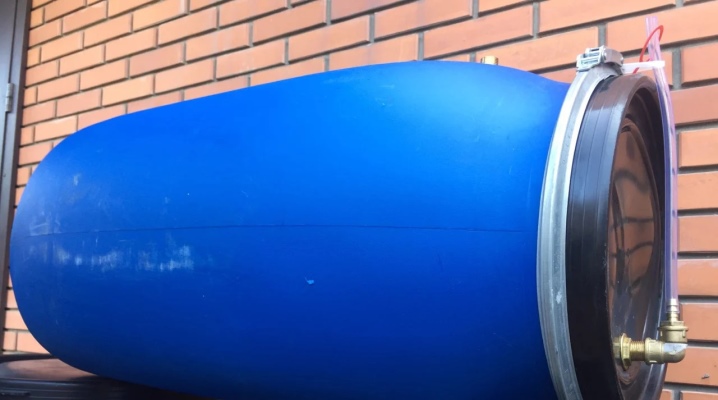
Very often in our life we come across such a device as a barrel. It is used in various fields: for liquid products, for water or drinks, for irrigation at a summer cottage, technical liquids and much more. Barrels are often equipped with taps, thanks to which you can drain the required amount of product and leave the rest. But many containers do not have it, but it is very necessary.
Let's try to figure out how to properly drill a hole yourself, as well as install a tap in a barrel for draining. Its presence will greatly facilitate the use of such a container.
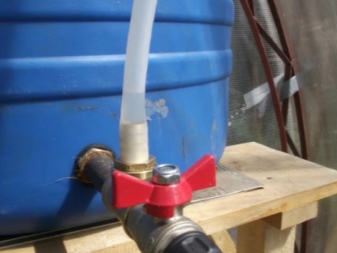
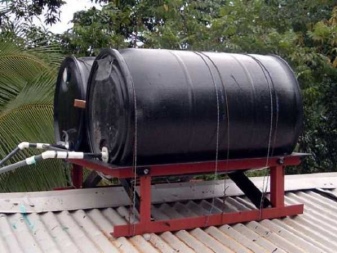
Appointment
The drain valve is a rather convenient device, because it can be used to drain the liquid without much effort. And there is no need to lift or turn the barrel. For example, if you install it on a garden, and even more so on a sewer tank, then their operation will be greatly facilitated... In this case, the liquid simply will not be sprayed, unlike situations when the same waste disposal barrel must first be turned over in order to drain the waste from there. But it can be, say, 1000 liters. It will be extremely difficult to turn such a thing over, so putting a tap here will be the only way out to free it from the contents.
We add that the procedure for driving a crane into an iron barrel is not as simple as it might seem at first glance, but everyone can handle it.
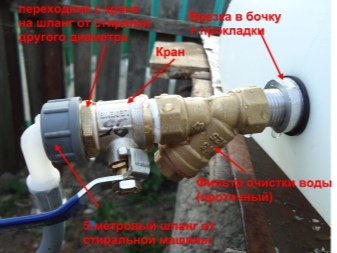
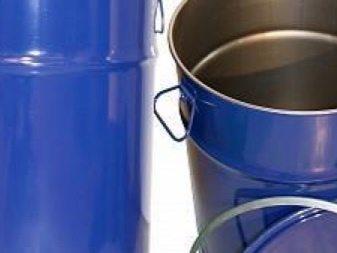
The material is important here, because it will be easier to do this in a plastic container than in a metal one.
Species overview
Before considering the process of how to put a crane in a barrel, it is necessary to understand what kind of cranes there are. After all, the material of their manufacture is important. This factor seriously affects the ease or complexity of the installation of such a device. So, some models can be simply screwed on, but the installation of others will take a little more effort and time. The most popular are 4 categories:
-
wooden;
-
brass;
-
from stainless steel;
-
plastic.
Now we will tell you more about each group.
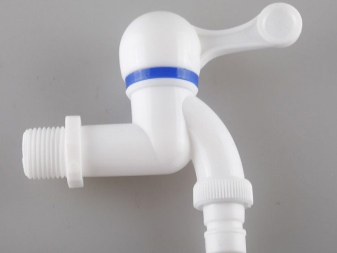
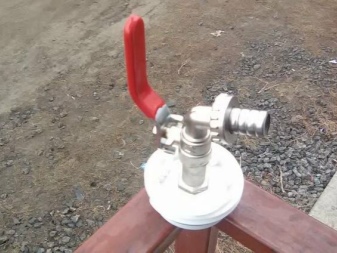
Brass
Brass models have 2 important characteristics.
-
This metal has very good resistance to oxygenic corrosion as well as high strength characteristics. If you want to install such a brass ball valve on a 200 liter container, then this will be an excellent solution.
-
This material is not very resistant to chemical corrosion. Copper as well as zinc are components of such corrosion. The first metal is harmless to human health, but in some doses zinc is a toxic substance. Alcoholic beverages such as cognac contain acids that react with this metal. The result of their interaction will be the formation of zinc salts, which have a negative impact on human health, and also reduce the quality of alcoholic beverages.
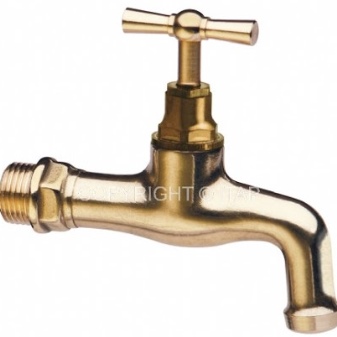
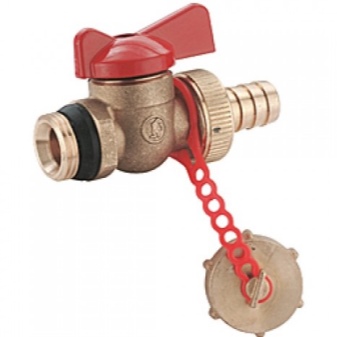
Plastic
If we talk about plastic taps, then such devices have a number of features.
-
By itself, this material does not have very high wear resistance characteristics, which is why such cranes will not be very durable.
-
Plastic is poorly suited for food. When interacting with them, it releases a number of substances that negatively affect the taste of food-grade liquids. In addition, they can acquire a characteristic "plastic" smell.
-
In addition, this material allows gases to pass through, which will increase the oxidizability of the stored products, and they will deteriorate.
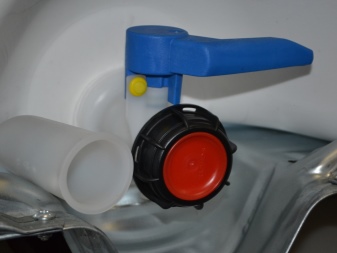
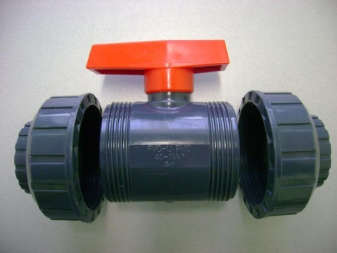
At the same time, if the container is intended for storing liquids of a technical or chemical type, then making a mortise plastic tap in it would be the best solution possible.
Stainless steel
Stainless steel fixtures also have some features.
-
Stainless steel is not subject to chemical and oxygen corrosion.
-
A water tank with a stainless steel tap will be distinguished by the possibility of long-term operation.
-
Such models are universal. They can be used for containers of various sizes - both 60 l and 600 l. And also for any liquids.
-
Products made from such material are very reliable and durable, and also have a low cost. They can be used for more than one decade.
-
Stainless steel does not undergo oxidation, and also, in general, does not react with alcohol and food liquids. This means that during interaction, their taste does not change and is not lost.
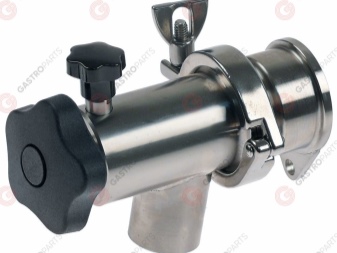

Wooden
If we talk about wooden cranes, then there are several characteristic features.
-
They are made of natural material, which ensures eco-purity and safety for humans.
-
Such devices are very practical. The cork version of the faucet is especially popular, which, in general, does not react with food and alcoholic liquids. As, however, and just wooden.
-
The same cork tap allows drinks to breathe, and some, including cognac and wine, even enrich them with substances of a tanning and extraction nature, which only improves their properties.

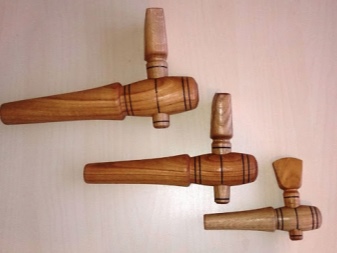
True, it should be said that it is necessary to use such a tap already for matured alcohol, if it is stored in a barrel. Otherwise, the wood will swell and dry out, which can cause the crane to deform and subsequently crack.
How to embed with your own hands?
Now let's try to figure out how to install a crane in a barrel without welding, having only the tools at hand. Let's figure out how to mount such a device in a metal, as well as in a plastic container.
To insert into a metal container, you first need to mark the location of the future location of the crane. You should not install it right at the very bottom, but it is better to do it lower. To carry out the work, you will need to have:
-
sealant and FUM tape, thanks to which the joints will be sealed;
-
squeegee, which is a threaded branch pipe;
-
locknuts, thanks to which the squeegee will be secured;
-
faucet - it is better if it is of a ball type, and it is also important that the branch pipe is equipped with an internal pipe thread for easy screwing of the device onto the squeegee.
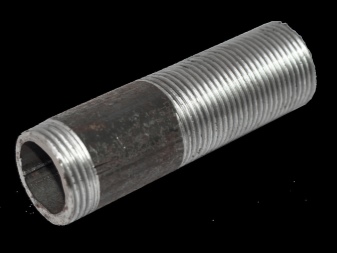
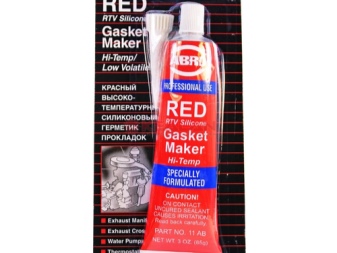
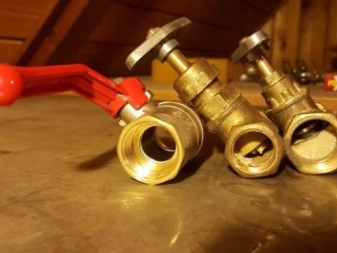
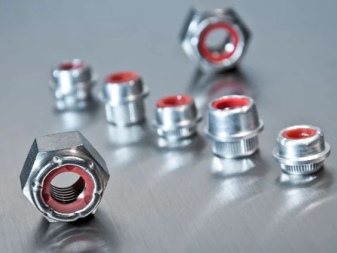
In addition, it will not be superfluous to clean the inner surface of the container from dirt and rust before starting all procedures.
After that, the tap-in of the crane is carried out according to a certain algorithm.
-
We outline the place where the drain will be located. This can be done with the simplest compass. Naturally, at this point, the size of the tap hole should be clearly defined.
-
We make a hole in the required place with a drill. Here it is required to add that, if necessary, its dimensions can be increased using a round file to best match the diameter of the squeegee.
-
We tighten the lock nut from the side of the squeegee, where the short thread is located. Now we insert it into the previously made hole from the outside.
-
You will need to insert another locknut from the inside.
-
We wind the FUM tape onto the remaining thread area, after which this place should be liberally lubricated with silicone-based pipe sealant.
-
Tighten tight. This must be done with maximum effort so that a slight deformation of the walls occurs at the tightening point.
-
It remains to turn on the crane with a squeegee and make sure that everything works as it should.
It remains to consider the option of installing valves in a barrel made of plastic.
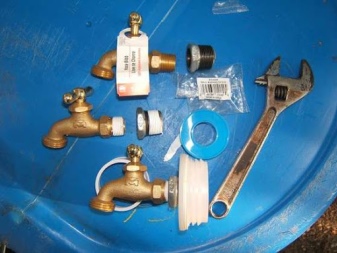
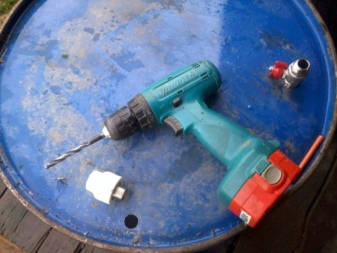
Here it will be best to carry out a similar procedure with a special gun, as well as a thermoplastic type glue. If you do not have such devices, then by means of a threaded connection you can make a tie-in. But then special attention is required to reliably seal the joint.
Here you will also need to outline and make a hole for tapping the shut-off valves. By the way, if the plastic is rather soft, then you can use the most ordinary scissors or a rather sharp knife. Then there are several steps to be taken.
-
Prepare the tap for tapping. On the side where the thread is located, a large metal washer should be mounted, as well as a rubber gasket, which will act as waterproofing.
-
Now you need to apply a thick layer of sealant to the washer with a gasket.
-
We insert the inlet pipe into the hole, put a washer and a rubber gasket on the other side of the thread.
-
Now the joints need to be well lubricated with sealant.
-
We screw the nut onto the thread from the inside.
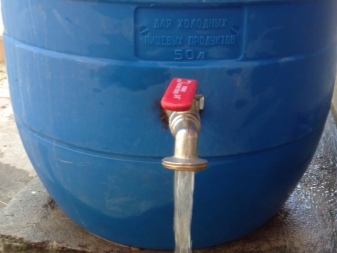
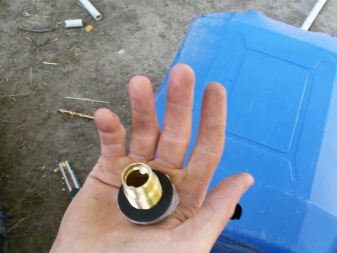
It should be added that most often such containers have a rather narrow neck, which is why it is not so easy to make a tap with a nut, because it is difficult to screw it inside. If the barrel that is available is just such, then you can use a fitting, at one of the ends of which there is a flange. To do this, you need to perform a number of actions.
-
It is required to make a hole in the container along the choke diameter.
-
We fix the fitting on a metal wire for easier pushing into the hole created earlier inside the canister, right through the neck.
-
Wire must be removed. By the way, a limiter must be attached to it.
-
Before placing the fitting in the hole, you will need to apply sealant to the place where the flange is adjacent to the wall of the barrel.
-
We push the wire through the neck into the hole and pull out the fitting. You should try to hold it with a wire.
-
It is required to screw a locknut onto the thread from the outside, before putting on a rubber gasket on it, and also processing the joint with a sealant.
-
The valve must be screwed onto the fitting.
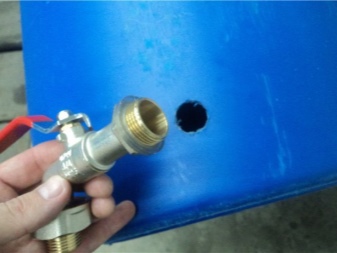
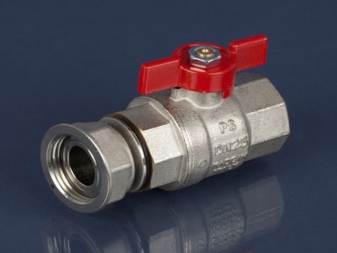
It should be said that if you want the container to be more convenient to use, then you can cut another neck into it from the opposite side. This will make it possible to carry out a uniform drainage of the liquid.
In general, as you can see, tapping valves into a barrel is not a very difficult process, which nevertheless requires attention and initial skills in working with tools.
But if you strictly follow the above instructions, even a person without experience will be able to carry out this procedure without any difficulties.

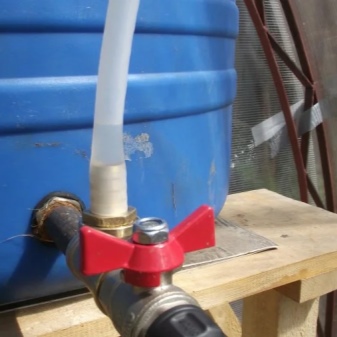
Why do we need taps in a barrel and how to embed them, see the video below.













The comment was sent successfully.